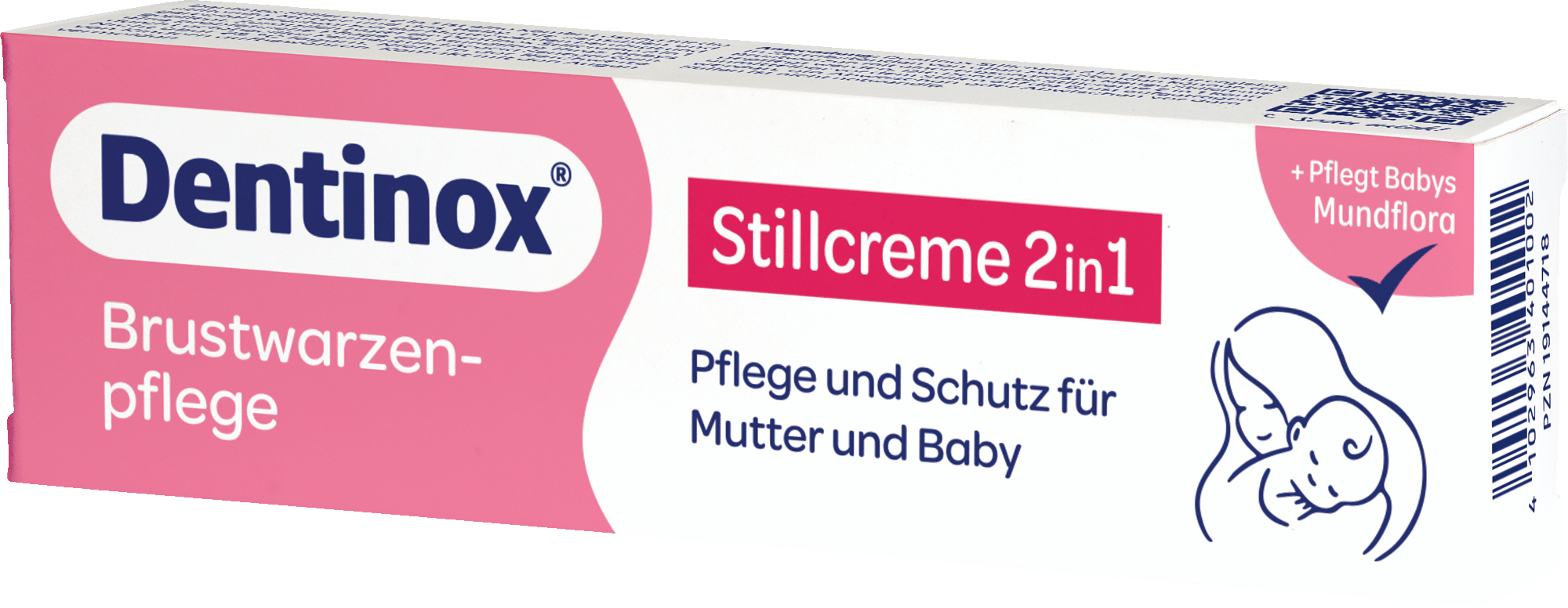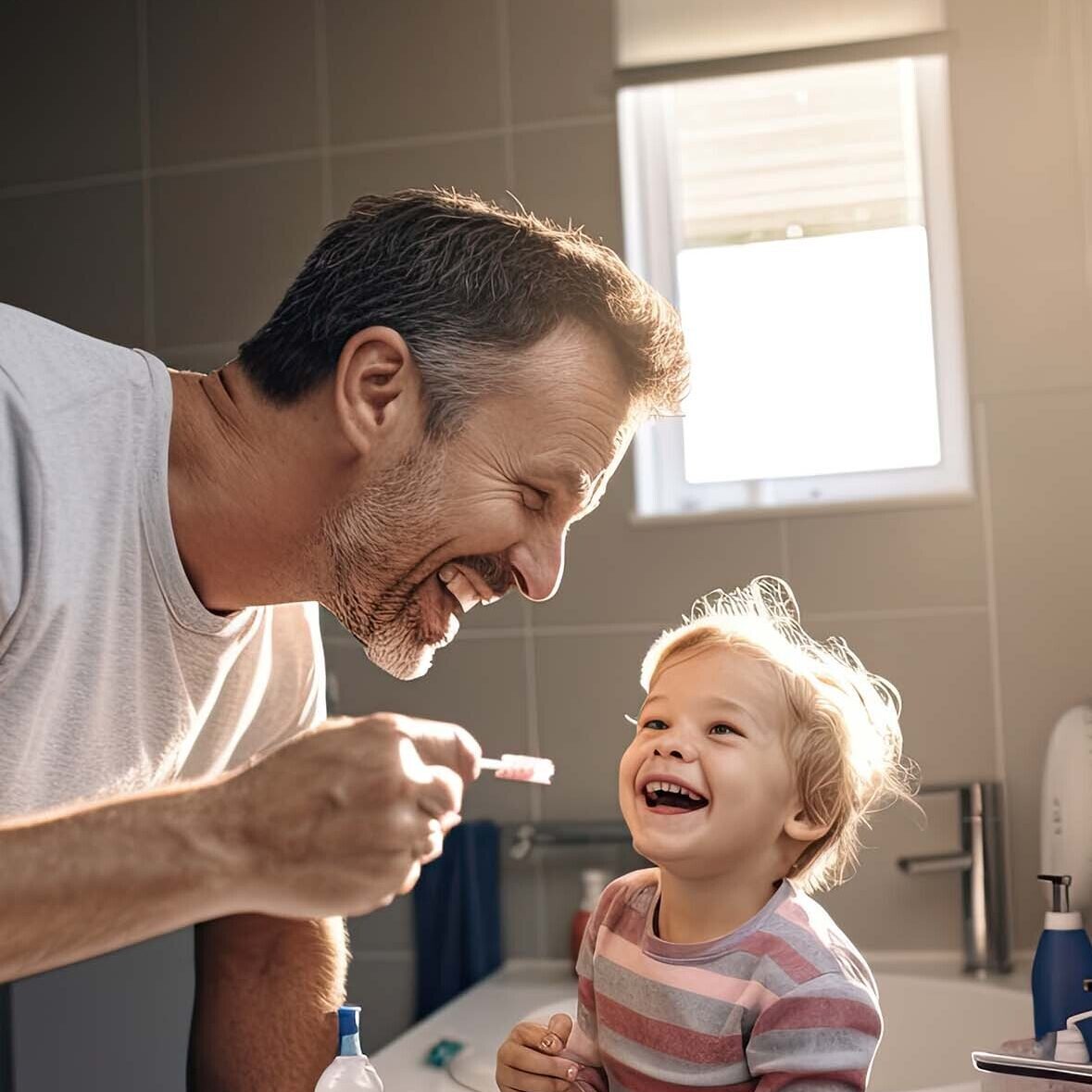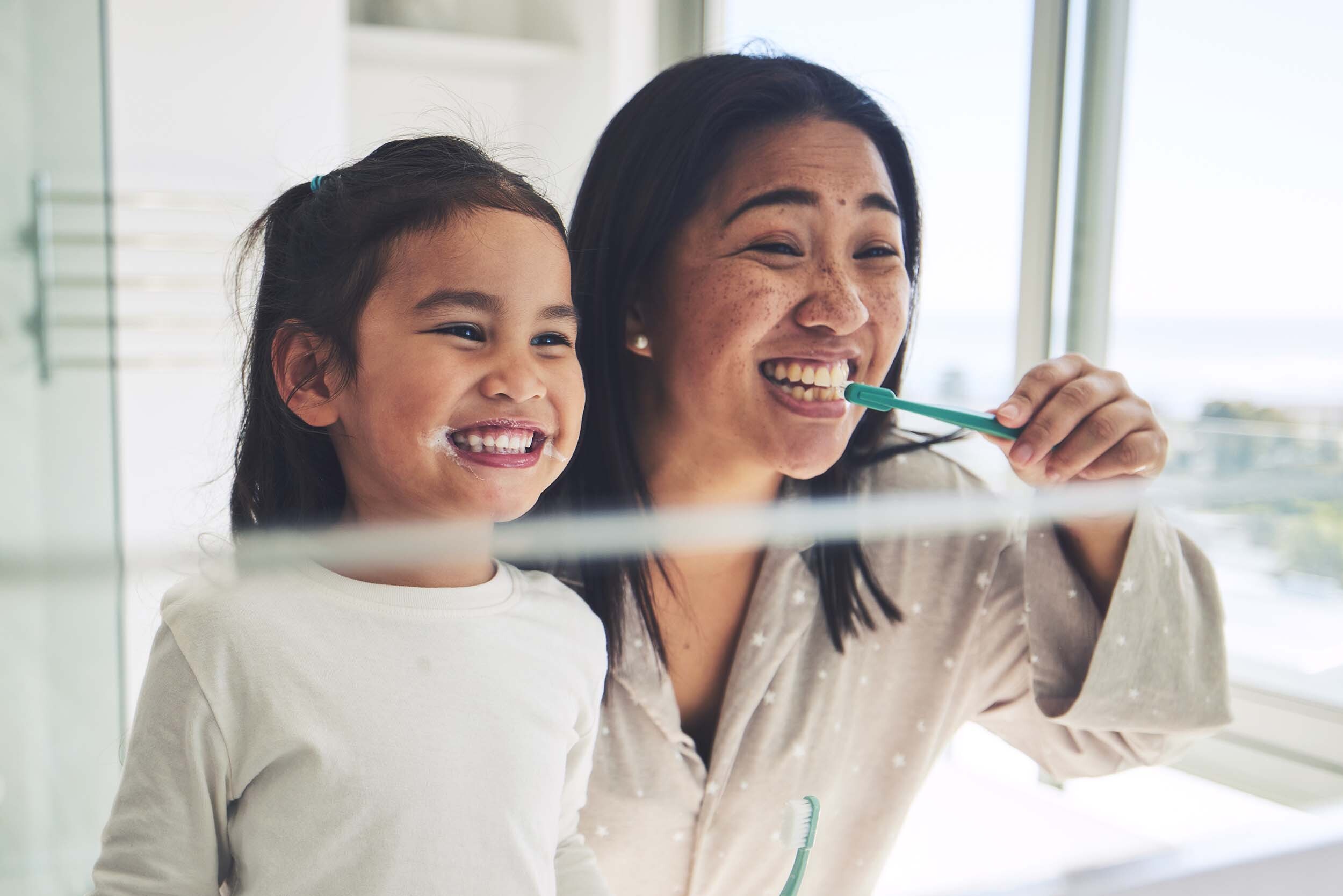Sore nipples are a common problem that affects many women, especially during breastfeeding. It can be very unpleasant and put a strain on everyday life. If your nipples are painful or even inflamed, there are some helpful tips that can provide you with relief. In this guide, you will find out what you can do to relieve the pain and how you can effectively prevent inflamed nipples.
What are the causes of sore nipples?
There are various reasons why nipples can be sore. Some of the most common causes are:
- Breastfeeding: Breastfeeding can lead to sore nipples, especially in the first few days after the birth. The pressure caused by the baby sucking can be unfamiliar and painful at first.
- Blocked milk ducts: If the milk in the milk ducts cannot flow out properly, this leads to blocked milk ducts. This can make the breast hard and sensitive and lead to pain.
- Nipple inflammation: Inflammation of the nipples can be caused by friction, injury or infection. It leads to redness, pain and sometimes even cracks or blisters on the nipple.
- Mastitis (inflammation of the breast): Mastitis is an inflammation of the breast tissue and not of the nipple itself. It is often caused by bacteria that can penetrate the breast tissue through cracks in the skin. The breast feels hot and swollen and is often very painful.
- Thrush on the nipple: A fungal infection caused by yeast fungi such as Candida albicans. Thrush can lead to burning pain and itching.
How do I care for my sore nipples?
It is important to understand the cause of the pain in order to apply the correct treatment. Here are some tips that can help you:
- Correct latch-on technique for breastfeeding : Make sure that your baby takes the nipple and a large part of the areola into its mouth. Incorrect application technique can lead to injuries and sore nipples.
- Change breastfeeding position: Changing breastfeeding positions puts strain on different parts of the breast, which can reduce the strain on the nipples.
- Blocked milk ducts - what to do? If you have blocked milk ducts, heat before breastfeeding often helps to stimulate milk flow. After breastfeeding, you can apply a cold compress to the breast to reduce swelling. Gently massage the affected area to loosen the blockage.
- Nipple care: After breastfeeding, you can dab a few drops of breast milk onto the nipple and leave to air dry. Breast milk has healing properties and can help small cracks and wounds to heal more quickly.
- Use of nipple creams: There are special creams, such as the Dentinox Breastfeeding Cream 2in1 - Nipple Care which can help to soothe the skin and promote healing. A major advantage of this cream is that it does not need to be washed off before breastfeeding. This means that you can simply apply it after breastfeeding and leave it to work without worrying about removing it before the next breastfeeding session. This makes it particularly easy and practical to use in everyday life.
- Allow to air dry: Allow your nipples to air dry after breastfeeding instead of covering them immediately. Moisture can increase the risk of infection.
- Treatment of thrush: If you have the feeling that you have thrush on your nipple, consult a doctor. Antifungal drugs are often prescribed to treat the infection. Make sure you also treat your baby, as thrush can be easily transmitted.
- Gentle cleaning: Clean your nipples with water only. Avoid soaps or aggressive cleansers, as these can dry out the skin and cause further irritation.
Is there a connection between nipple inflammation and mastitis?
It is important to note that mastitis, i.e. inflammation of the breast tissue, must be differentiated from nipple inflammation. However, the two can be related. If the nipples are inflamed due to incorrect application technique, thrush or injury, this can lead to incomplete emptying of the breast. This increases the risk of milk stasis, which can favour mastitis. It is therefore important to take good care not only of the breast itself, but also of the nipples and to look out for the first signs of inflammation.
Inflamed nipples – when should I see a doctor?
If you continue to suffer from painful or inflamed nipples despite all measures, you should consult a doctor. Signs of nipple inflammation or breast inflammation (mastitis) include:
- Severely reddened, hot and swollen breast
- Fever or chills
- Purulent or unusual discharge from the nipple
In these cases, it is important to seek professional help in order to avoid complications.
How do I avoid sore nipples?
Some measures can help to prevent painful nipples:
- Proper breastfeeding counselling: Take your time to learn the right breastfeeding technique. Many hospitals offer breastfeeding counselling sessions that can help you learn the best techniques. Midwives and independent breastfeeding counsellors are also valuable points of contact when it comes to questions about breastfeeding and support for sore nipples.
- Regular breastfeeding: Breastfeed regularly to avoid blocked milk ducts. An even milk flow prevents the formation of blockages.
- Comfortable clothing: Wear well-fitting, breathable nursing bras that do not cut or cause friction.
- Good hygiene: Always wash your hands before touching your breasts, especially if you want to avoid thrush or other infections.
Conclusion
Painful nipples can be very distressing, but with the right care and the right healing tips, the discomfort can usually be well managed. Listen to your body and don't hesitate to seek help if the pain persists or worsens. With the right measures, you can enjoy breastfeeding pain-free again and savour this special time with your baby to the fullest.








